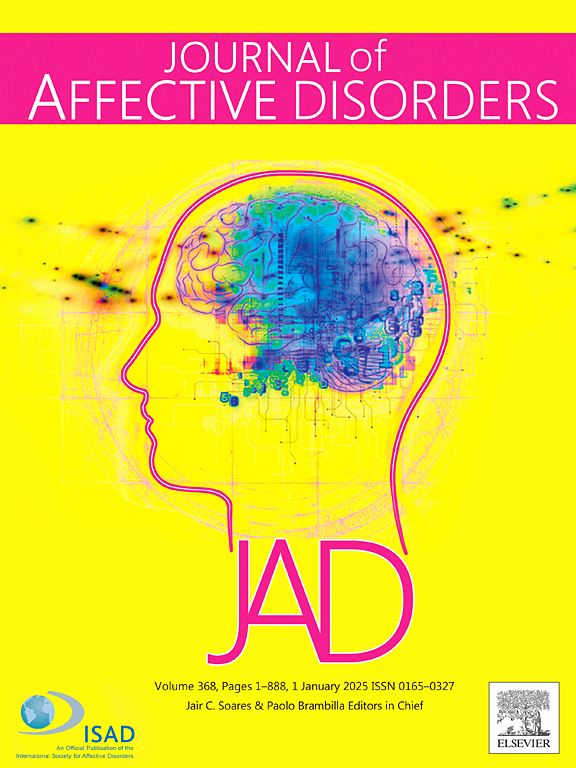Bidirectional relationship between afternoon naps and depressive symptoms in Chinese middle-aged and older adults: Evidence from a nationally representative cohort study
IF 4.9
2区 医学
Q1 CLINICAL NEUROLOGY
引用次数: 0
Abstract
Background
Limited studies have investigated the association between depressive symptoms and napping habits. In this study, nationally representative data from the China Health and Retirement Longitudinal Study (CHARLS) were employed to conduct cross-sectional and longitudinal analyses to investigate their associations among Chinese middle-aged and older adults.
Methods
The study included 12,208 participants from the 2015 CHARLS. Depressive symptoms were measured using the Depression Scale. Napping duration was categorized into four groups: no napping (0 min), short (<30 min), moderate (30–89 min), and prolonged (≥90 min). Logistic regression analysis was used to assess bidirectional relationships, and dose–response patterns were analyzed via restricted cubic splines (RCS).
Results
A total of 2487 participants (32.0 %) developed new-onset depressive symptoms, and moderate napping group exhibited the lowest incidence rate. Statistical analysis revealed that moderate napping was a protective factor for the depressive symptoms (OR, 95 % CI, 0.689, 0.567–0.843). A total of 1742 participants (42.3 %) newly experienced poor napping, and the incidence of poor napping gradually rose by the increase of the CES-D-10 score quartiles. Moreover, depressive symptoms were also found to be a risk factor for poor napping (OR, 95 % CI, 1.149, 1.004–1.314). The RCS model revealed that there was an approximately U-shaped association between nap duration and depressive symptoms, and there was a negative linear association between CES-D-10 scores and nap duration.
Limitation
The observational design limits ruling out unobserved confounding factors.
Conclusion
There was a significant bidirectional relationship and a dose–response association between napping and depressive symptoms in middle-aged and older adults.
求助全文
约1分钟内获得全文
求助全文
来源期刊

Journal of affective disorders
医学-精神病学
CiteScore
10.90
自引率
6.10%
发文量
1319
审稿时长
9.3 weeks
期刊介绍:
The Journal of Affective Disorders publishes papers concerned with affective disorders in the widest sense: depression, mania, mood spectrum, emotions and personality, anxiety and stress. It is interdisciplinary and aims to bring together different approaches for a diverse readership. Top quality papers will be accepted dealing with any aspect of affective disorders, including neuroimaging, cognitive neurosciences, genetics, molecular biology, experimental and clinical neurosciences, pharmacology, neuroimmunoendocrinology, intervention and treatment trials.
 求助内容:
求助内容: 应助结果提醒方式:
应助结果提醒方式:


